Oak is one of the most popular hardwoods in North America, valued for its strength, versatility, and timeless beauty. Among the more than 60 oak species, Red Oak and White Oak dominate woodworking, flooring, cabinetry, and furniture applications. While both are excellent choices, their distinct characteristics make each better suited to specific uses.
Below is a detailed breakdown to help you choose between the two.
1. Appearance & Color
Red Oak:
True to its name, Red Oak has a warm, pinkish to reddish hue with undertones that range from salmon to rust. Its open grain pattern highlights dramatic swirls and variation, giving it a bold, textured look.
White Oak:
White Oak leans toward a cooler palette with light to medium brown tones, often with gray or golden undertones. Its grain is tighter and straighter, resulting in a more refined and uniform appearance.
Verdict: Red Oak offers a vibrant, traditional look, while White Oak provides a more modern, neutral, and versatile aesthetic.
2. Durability & Hardness
Red Oak:
Janka hardness rating: 1,290. Strong enough for most furniture and flooring but slightly more porous, making it less water-resistant.
White Oak:
Janka hardness rating: 1,360. Slightly harder and denser than Red Oak. Its closed-grain structure makes it more resistant to moisture, decay, and insect damage.
Verdict: White Oak is the winner for long-term durability, especially in moisture-prone areas like kitchens and entryways.
3. Workability & Finishing
Red Oak:
Easier to saw, nail, and sand due to its open grain. It stains evenly and can take on a wide variety of finishes.
White Oak:
Still workable but denser, which can make it tougher on cutting tools. However, it stains beautifully and is ideal for high-end finishes like fuming, which enhances its golden-brown tones.
Verdict: Red Oak is more beginner-friendly, but White Oak is preferred for premium woodworking projects.
4. Cost & Availability
Red Oak:
Widely available and generally more affordable. Its abundant supply in North America keeps prices steady.
White Oak:
Less abundant and in higher demand, especially in furniture and flooring industries, leading to higher costs per board foot.
Verdict: If budget is a concern, Red Oak offers excellent value. White Oak, though pricier, delivers superior longevity.
5. Common Uses
Red Oak: Flooring, staircases, cabinets, furniture, millwork, and paneling.
White Oak: Flooring, wine and whiskey barrels (due to water resistance), fine furniture, boat building, cabinetry, and exterior applications.
6. Pros & Cons at a Glance
| Feature | Red Oak | White Oak |
| Color Tone | Warm, reddish | Cool, golden/gray |
| Grain Pattern | Open, bold | Tight, refined |
| Hardness (Janka) | 1,290 | 1,360 |
| Water Resistance | Moderate | Excellent |
| Workability | Easy | Moderate |
| Cost | More affordable | More expensive |
| Best Uses | Furniture, traditional flooring | Premium flooring, cabinetry, outdoor use |
Final Thoughts
Both Red Oak and White Oak are exceptional hardwoods, but your choice depends on priorities:
Choose Red Oak if you want an affordable, classic hardwood with warm tones and excellent workability.
Choose White Oak if you need superior durability, water resistance, and a modern, versatile look that stands the test of time.
Whether for flooring, cabinetry, or fine furniture, oak remains a timeless investment that blends beauty with strength.


 English
English 中文简体
中文简体 Français
Français
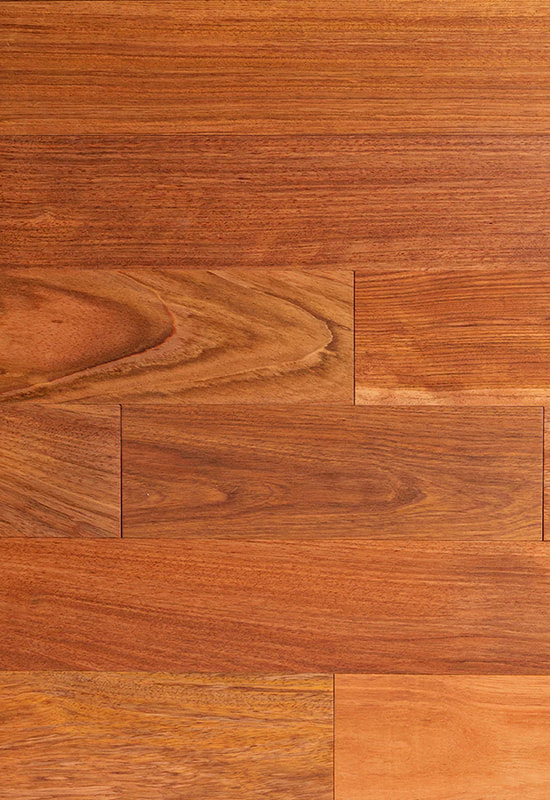
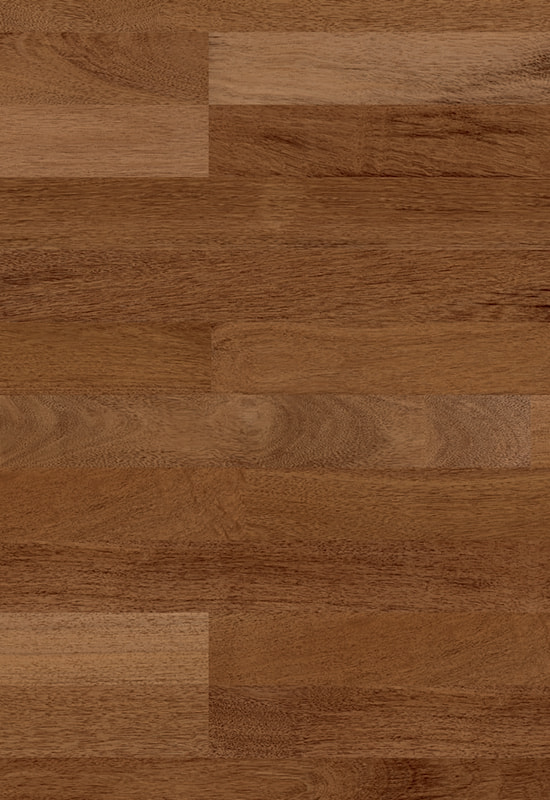
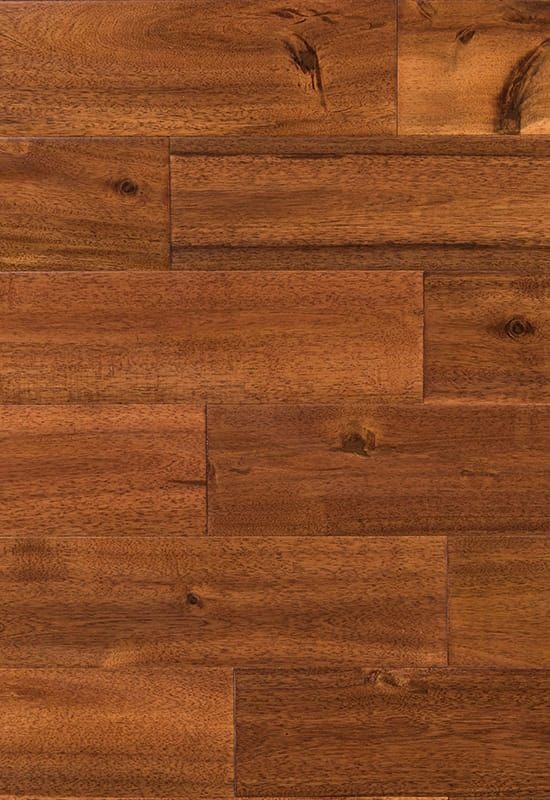
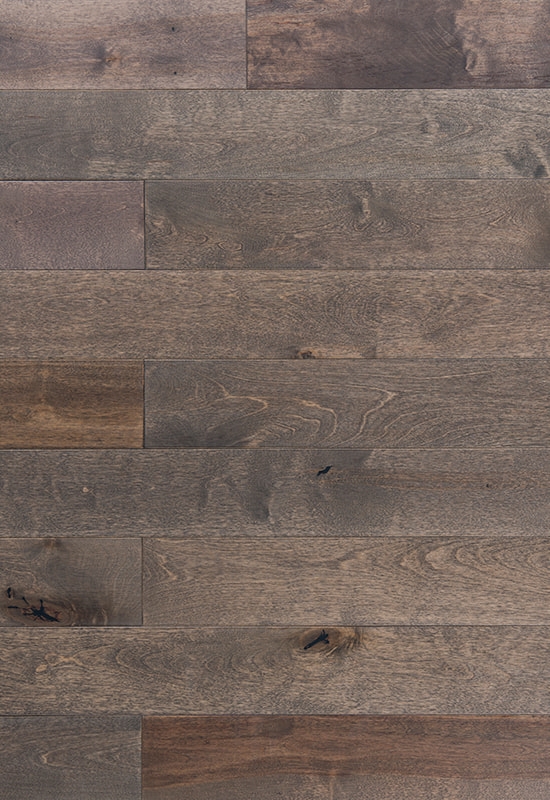
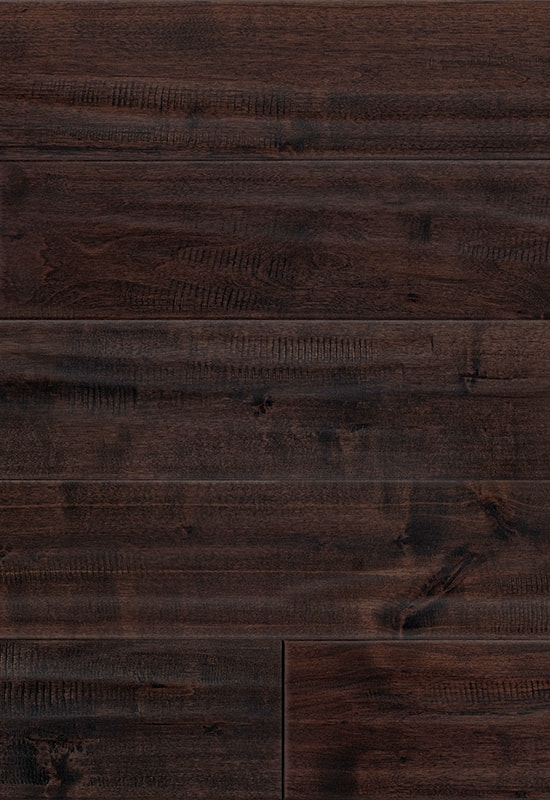
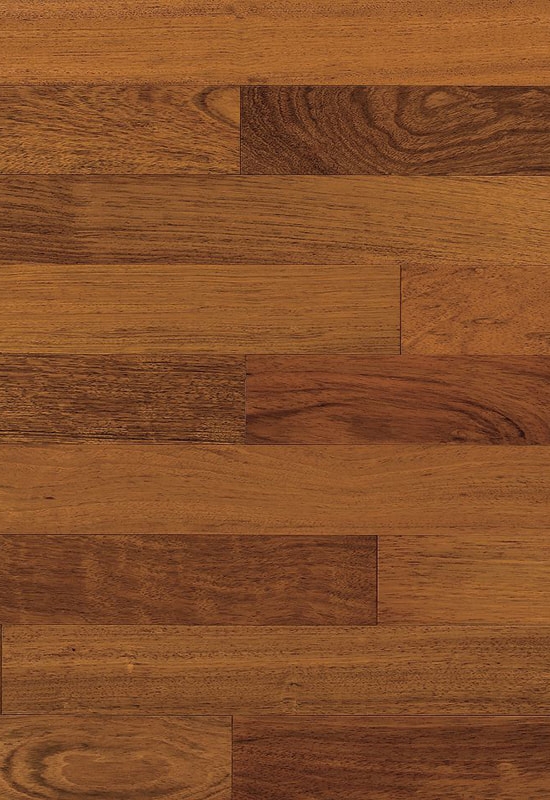
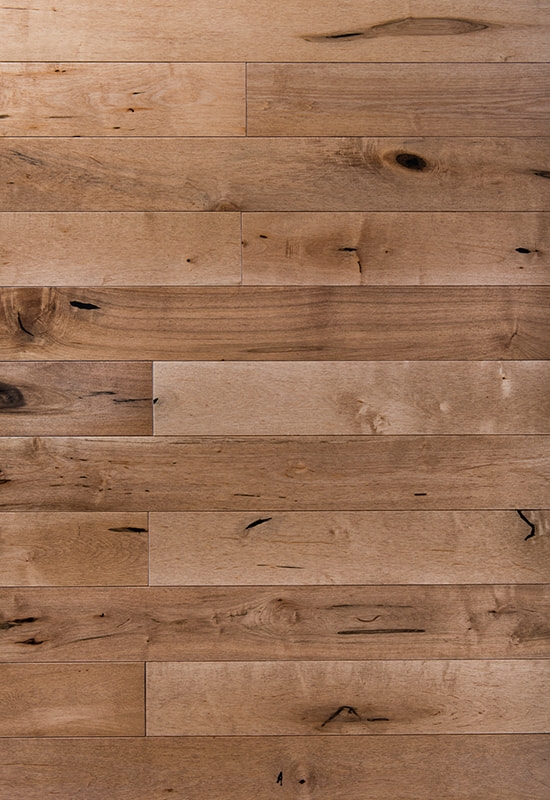
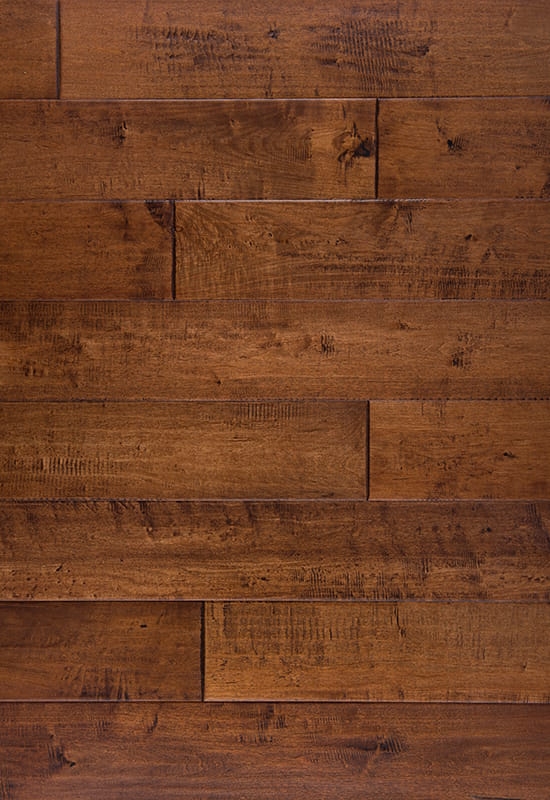
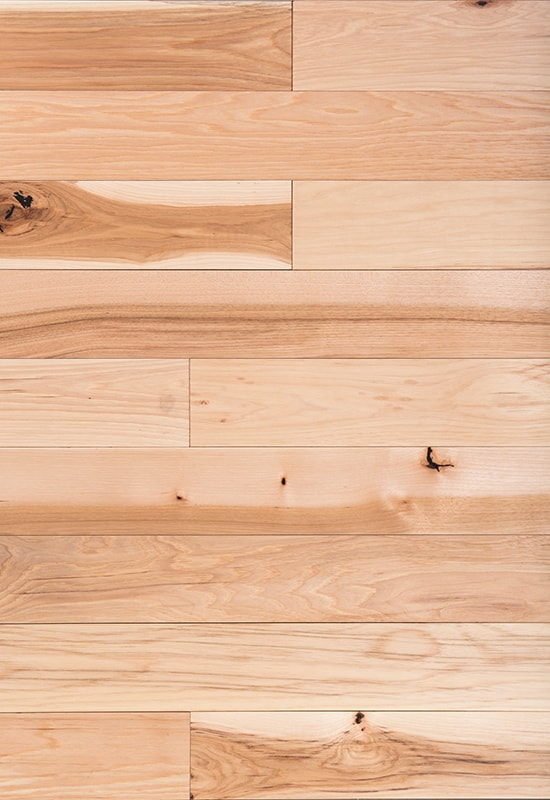
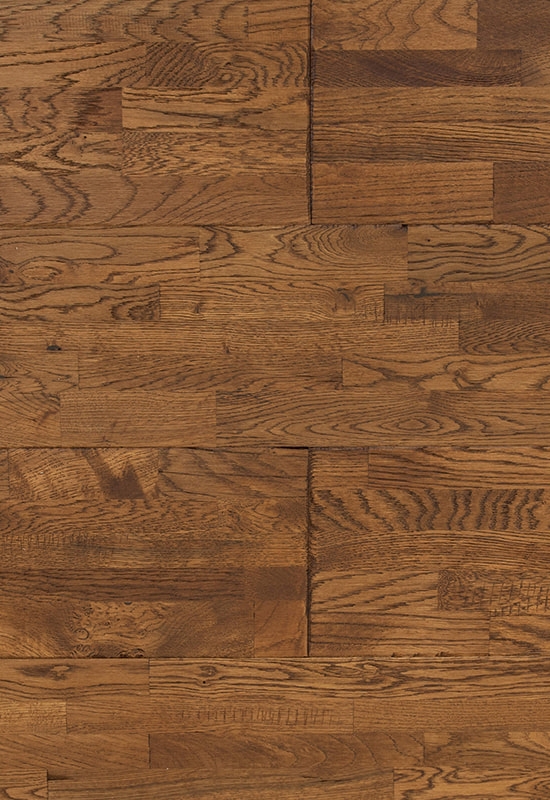
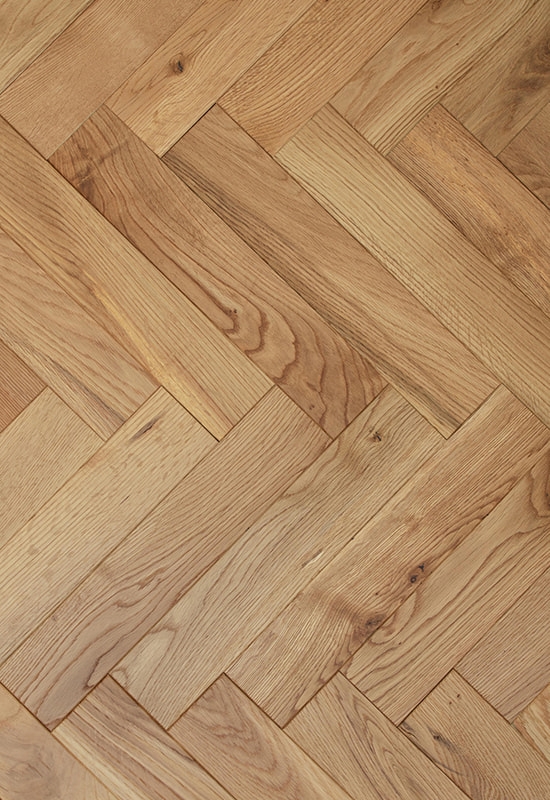
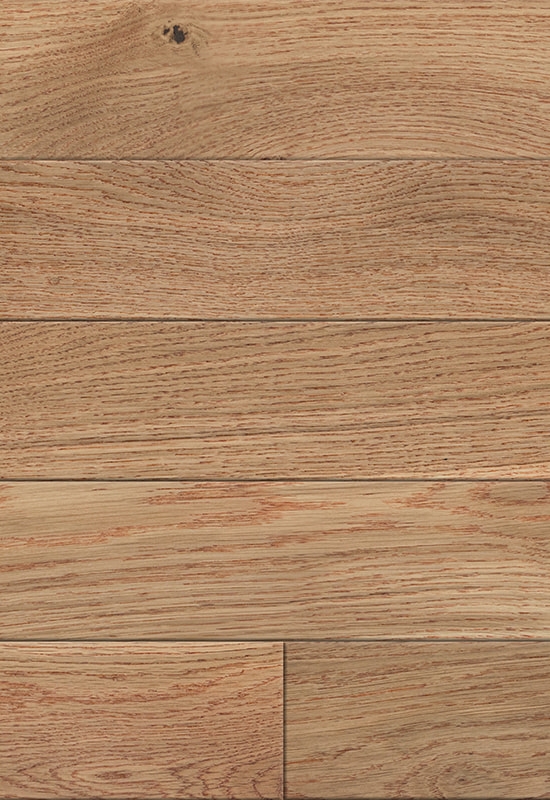

 +86-572-2118015
+86-572-2118015 No.598. Gaoxin Road, Huanzhu Industrial Zone, Huzhou City, Zhejiang Province, China, 313000
No.598. Gaoxin Road, Huanzhu Industrial Zone, Huzhou City, Zhejiang Province, China, 313000 